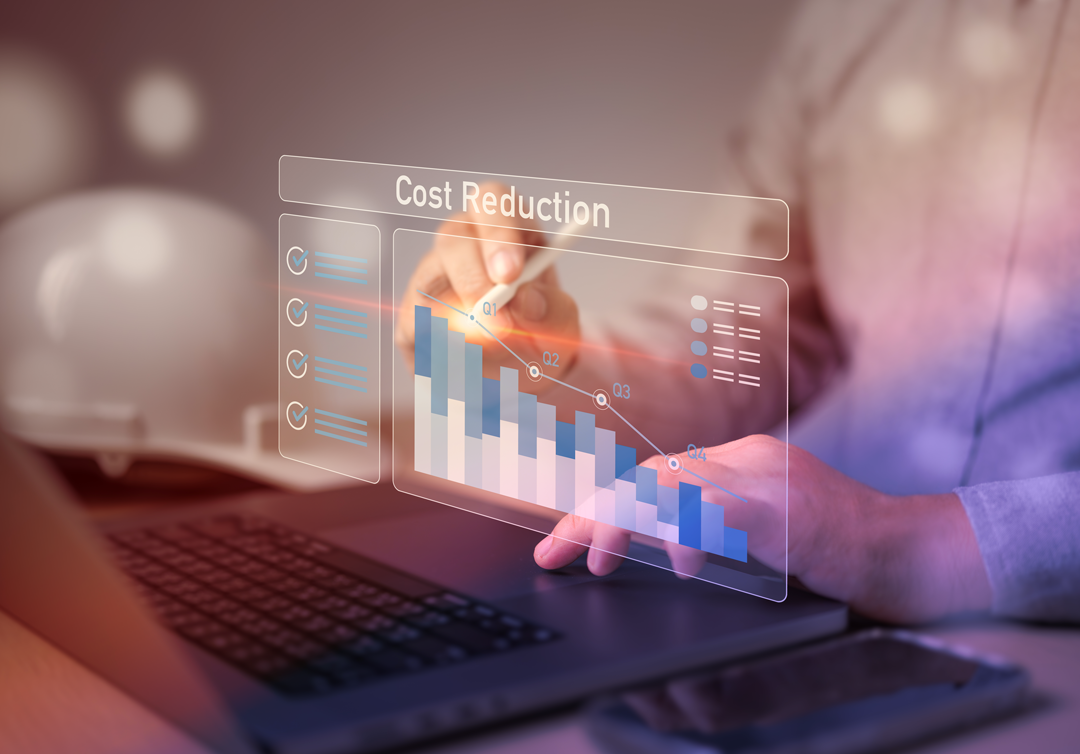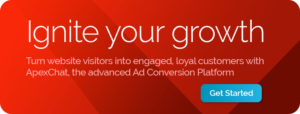
What’s a Good Cost Per Lead + How to Reduce Yours
Digital advertising is a big business. In fact, the industry is projected to reach a global value of $786.2 billion by 2026.
Companies of all sizes invest huge amounts of money on advertising campaigns, both online and offline, and it’s vital that organizations understand what they’re getting out of their investment.
Cost per lead is a metric that marketers can use to understand the average cost of acquiring a prospective customer. It doesn’t take into account conversion rates, so it’s important to remember that not all leads turn into customers. It’s still a useful measure for assessing how your Google AdWords or other marketing campaigns are performing.
What’s a Good Cost Per Lead?
There’s no single figure to aim for when it comes to the cost per lead. CPL rates vary massively between industries, and even between marketing channels.
In general, lower is better, but any cost should be considered in relation to the value of a conversion. For example, if you’re a fast fashion retailer and you’re advertising online, you may be happy with a CPL that’s around $50 because you’re confident the average shopping cart value of a new customer would be above that figure. You may also know that more than half of your first-time customers come back to buy products several times per year, so investing $50 in generating a warm lead is worthwhile.
An ISP may be willing to spend even more than $50 per lead because it requires customers to sign up for annual contracts and knows that a lot of its customers renew after the first year, making the lifetime value of a customer significant.
Another thing to consider is the channel the lead comes from. Let’s imagine you’re a Software as a Service (SaaS) company selling subscriptions for a product that’s useful to both small companies and large enterprise clients. Your online advertising attracts a lot of smaller customers, so you don’t want to spend too much money on that. You have the opportunity to attend a trade show, which would get your product in front of CIOs from large organizations. It would cost a lot of money to participate in the show, but any clients you attract would be worth a lot, making a much higher CPL worthwhile.
Calculating Your Cost Per Lead
Calculating cost per lead is a relatively easy process.
Simply divide what you’ve spent on a campaign (in dollars or your business’s main trading currency) by the number of leads generated.
For example:
Cost per lead = $10,000 / 200 = $50 per lead
This only tells you how much it costs to generate a lead. It doesn’t give any indication of whether the leads are high-quality or what their likelihood of conversion is. That’s where our discussion of the cost per acquisition metric comes in handy.
CPA vs. CPL
Cost per acquisition (CPA) is another useful metric for companies looking to understand the performance of their marketing campaigns. However, this one looks at the performance further down the conversion funnel.
Where cost per lead considers the cost of getting each person to sign up for a newsletter or download a white paper, cost per acquisition looks at how much it costs to acquire a customer.
Considering the example above. If you spend $10,000 on a marketing campaign and get 200 leads, but only 100 of those leads become customers, you’ll end up with a CPA of $100.
You can expect your CPA to be higher than your CPL, but the closer the two are to each other the better because that means your marketing campaigns are generating qualified leads, and you’re not wasting too much time or effort trying to convert people who aren’t actually interested in what you have to offer.
Tips for Reducing Your Cost Per Lead
If you’re marketing on Google AdWords or other similar platforms, you’ll want to keep your cost per lead as low as possible so you’re not wasting your marketing budget on unqualified leads.
Some key ways to ensure you’re reaching people who are truly potential customers include:
1. Choose Relevant Keywords
Spend some extra time on keyword research to find ones that show strong purchase intent. These keywords are the ones most likely to lead to a conversion. It’s still worth considering keywords that focus on people earlier in the funnel, but strategically bidding on high-intent keywords can maximize your cost per lead.
2. Design Relevant Ads
If your ads are seeing a lot of impressions but generating few leads, this could be a sign they’re not appealing to the audience you’re going for with the keywords. Make sure your ad copy is relevant, concise and clear. Look at any images you’re using, too. Do they fit the copy? Do they stand out on the page? Improving your click-through rate and quality score can help reduce your cost per lead.
3. Improve Your Lead Capture Systems
If you’re getting clicks, but they’re not turning into leads, the problem could be the way you’re capturing the leads. Do you have an email sign-up form above the fold? Is the form frictionless to use? You’re more likely to get people to sign up for a mailing list or download a white paper if you make the process easy and don’t ask for too much information.
If your email capture form is at the bottom of a long page, the page loads slowly, or you’re asking for numerous pieces of personal information, you run the risk of a prospect clicking the back button after landing on the page.
The cost per lead is an important metric and one that’s constantly changing as the advertising landscape evolves. To ensure your marketing campaigns are always performing at their best, keep an eye on your Google Analytics and other marketing dashboards and monitor your CPL along with other key metrics. If you feel you need to speed up the sales cycle and generate more leads, refine your advertising to achieve that goal, but always keep quality in mind.
With careful keyword research and good advertising copy, you can get the maximum performance out of your marketing budget.
Ready to reduce your lead generation costs? Contact us today to get a demo.





Sorry, the comment form is closed at this time.